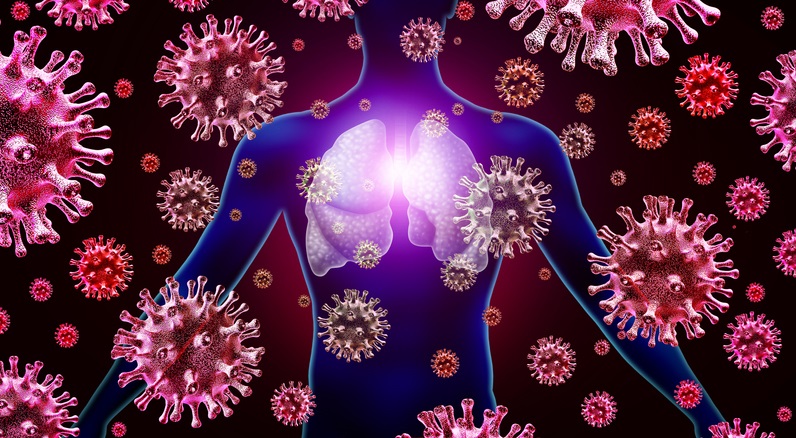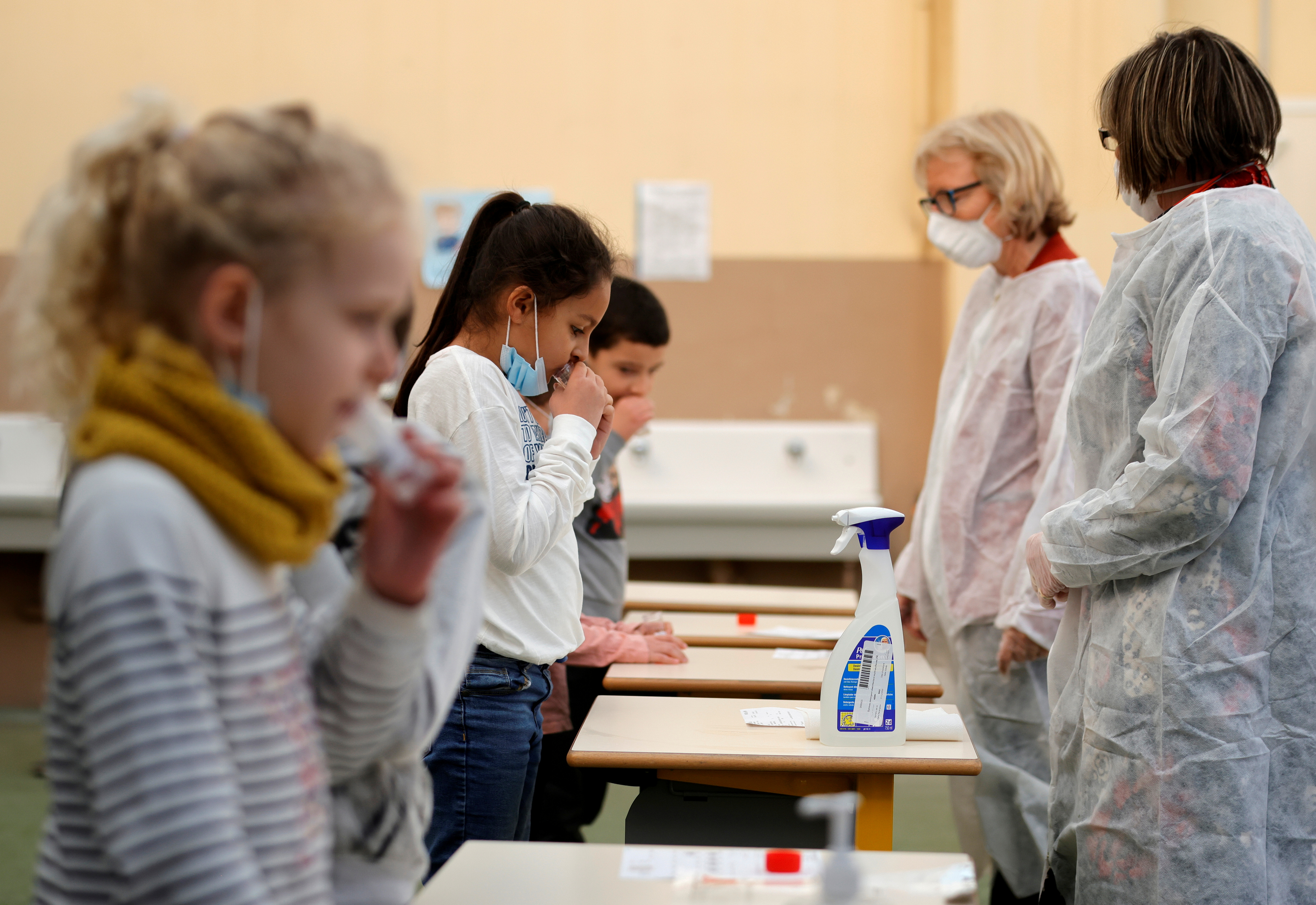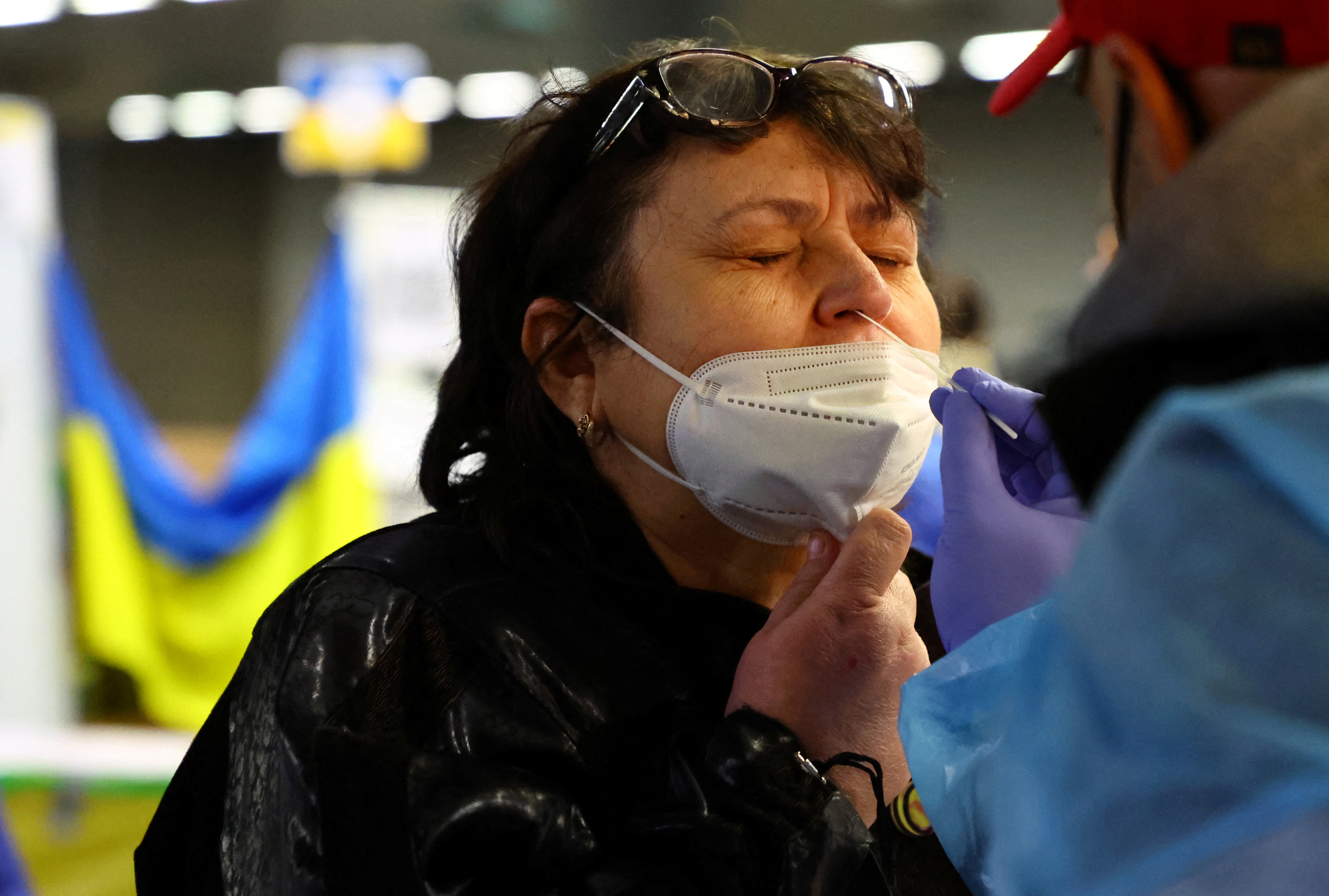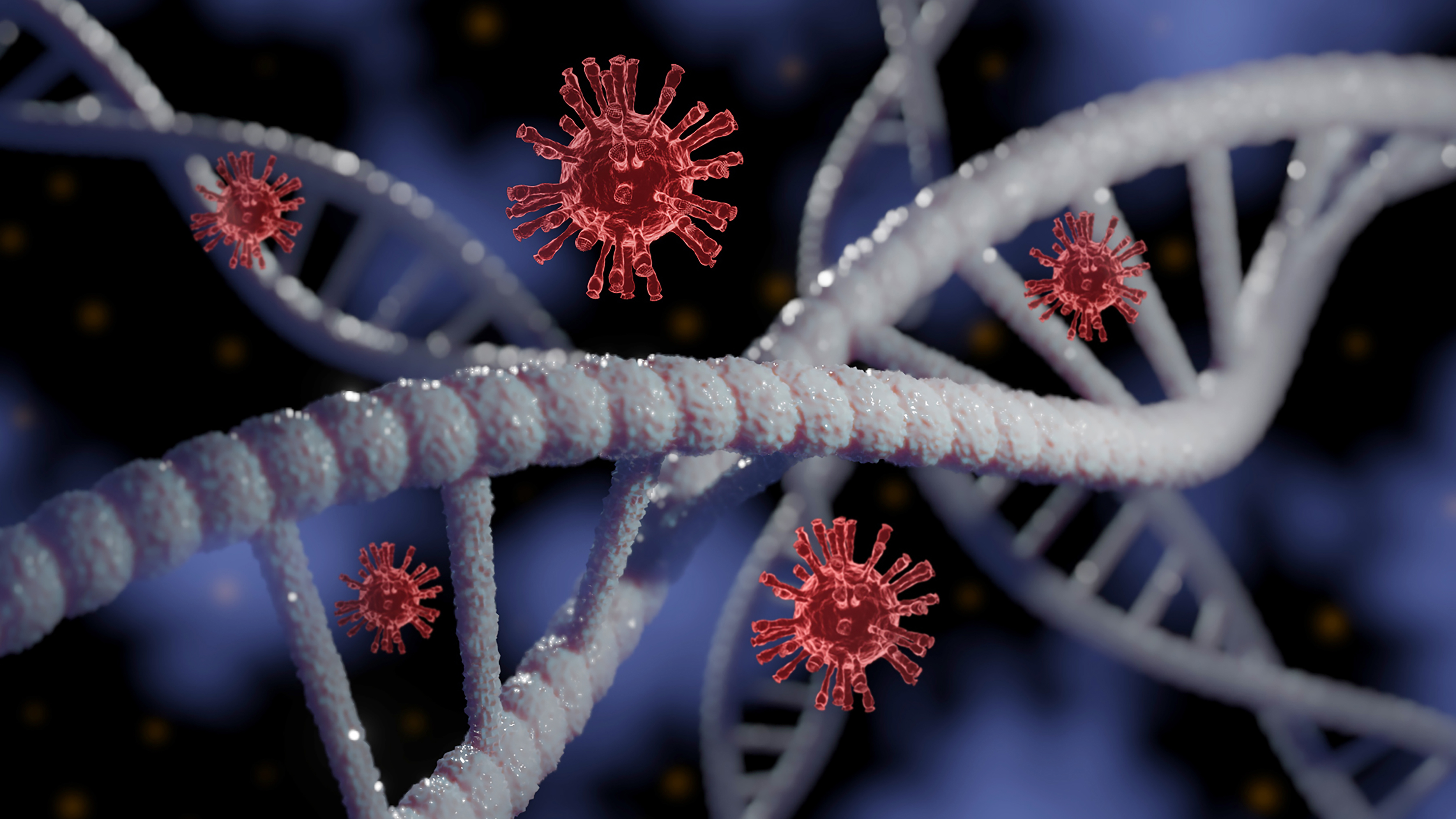
More than 481 million people have had COVID-19 worldwide. In the third year of the pandemic, 6.1 million deaths have already been recorded, and science is still unraveling what this infection that caused a health emergency is all about. In the United States, they were able to identify inflammatory markers in the saliva of coronavirus patients that are distinguishable from other types of viruses. An advance that could serve to improve the prognosis of each patient and better determine treatment.
The research was conducted by Frank Boksa and colleagues from the School of Dentistry at the University of Iowa, United States. They found that there is a unique immunological signature associated with the disease in each patient. Because the salivary levels of several of the immune mediators reflect systemic levels, indicating a possible role for saliva in the pathogenesis of COVID.
In addition to the fact that human saliva is a reservoir of the virus, there is emerging evidence that correlates salivary levels of the virus with the severity of infection, hospitalization and death.
Saliva is a complex secretory fluid with several bacterial and host decay products that perform numerous maintenance functions. However, the levels of these inflammatory mediators in saliva are not quantified. Researchers quantified salivary inflammatory mediators in COVID-19 using a cross-sectional study design.

The researchers collected saliva from 87 patients with matching frequencies in terms of sex, age, body mass index and smoking, and divided them into three groups: symptomatic COVID-19 positive (symptomatic), COVID-19 symptomatic negative (presenting with a flu-like disease), and asymptomatic (negative) based in their RT-PCR titers in nasopharyngeal swabs and saliva.
Levels of pro-inflammatory cytokines and other immune mediators were quantified with a cytokine assay kit and read with the fluorescent microplate reader. In doing the analysis, they concluded that the identification of inflammatory markers in patients with COVID-19 is different from that of other flu-like diseases. The research was presented at the Annual Meeting of the American Association for Dental, Oral and Craniofacial Research, which was held in conjunction with the 46th Annual Meeting of the Canadian Association for Dental Research.
Saliva is a major topic of interest today. A few days ago, the results of a study published in the journal of the American Society for Microbiology were released. He showed that tests using saliva are faster than those using nasal swabs.

The research was published in the specialized journal Microbiology Spectrum. Genetic testing from saliva samples was found to identify the SARS-CoV-2 virus more quickly than nasal swab tests. The researchers pointed out why it is important to consider that speed.
“This is important because people can spread COVID-19 before they know they have it,” says co-author Dr. Donald Milton, professor of occupational and environmental health at the Institute of Applied Environmental Health at the University of Maryland School of Public Health, College Park. “Earlier detection can reduce the spread of the disease,” he added.
The investigation was motivated by the problem that, at the beginning of the pandemic, the urgent need to increase testing was accompanied by a shortage of supplies. There were times when the inputs for making nasal swabs were lacking, which were then the standard method of collecting samples for testing.
To identify people with COVID-19, researchers began weekly testing of saliva samples from healthy volunteers in May 2020 and continued for the next two years. Of the asymptomatic volunteers who tested positive, Milton and his colleagues found that these patients often showed symptoms a day or two later. “That made us wonder if saliva was better at detecting pre-symptomatic patients than traditional nasal swabs,” he said.

To answer that question, the researchers used data from a complementary study of close contacts of people with confirmed cases of COVID-19. In the study, “we collected saliva and nasal swabs samples from contacts every two to three days during the quarantine period,” he said.
“All samples were analyzed by real-time reverse transcription polymerase chain reaction [RT-PCR] to detect coronavirus and measure the amount of viral RNA in the samples. We then analyzed how these results changed in the days before and after the onset of symptoms,” he said.
“At the beginning of the course of infection, saliva was significantly more sensitive than nasal swabs in the middle part,” especially before the onset of symptoms, according to the study, which noted that previous studies had shown that presymptomatic transmission plays a greater role than symptomatic transmission of coronavirus.
The results have implications for improving public acceptance of COVID-19 testing, reducing the cost of mass screening for COVID-19, and improving the safety of health personnel conducting the tests. In the latter case, self-diagnosis with saliva avoids the close contact between the patient and the healthcare personnel involved by nasal swab and prevents patients from coughing and sneezing, thereby spreading the virus particles as a result of swabbing the sensitive nostrils, as well as discomfort for patients. patients.

“Our research supports the use of saliva in large-scale screening in schools and workplaces, as a means to improve screening rates, as well as early detection,” Milton said. “We hope that if rapid saliva tests become available, they could be a breakthrough over current rapid tests based on nasal swabs,” he said.
When asked by Infobae, María Victoria Miranda, director of the Nanobiotec Institute, researcher at Conicet and professor at the Faculty of Pharmacy and Biochemistry of the University of Buenos Aires, commented: “Any method that allows the detection of coronavirus early and reliably is very valuable. If we consider that the virus is first detected in the oral area and then begins to accumulate in the nose, analyzing the presence of viruses in saliva is interesting mainly for variants such as Ómicron that replicate very quickly in the upper respiratory tract and with very short incubation periods. The detection of the virus in saliva would facilitate sampling in addition to allowing the early detection of infections even before the onset of symptoms.”
In addition, the expert stated: “It is important to continue evaluating and comparing both options, both saliva and nasal swabs, because although the virus seems to accumulate early in the saliva, the nose may be a better place to detect it as the infection progresses.”
KEEP READING:
Últimas Noticias
Debanhi Escobar: they secured the motel where she was found lifeless in a cistern

The oldest person in the world died at the age of 119

Macabre find in CDMX: they left a body bagged and tied in a taxi
The eagles of America will face Manchester City in a duel of legends. Here are the details

Why is it good to bring dogs out to know the world when they are puppies




